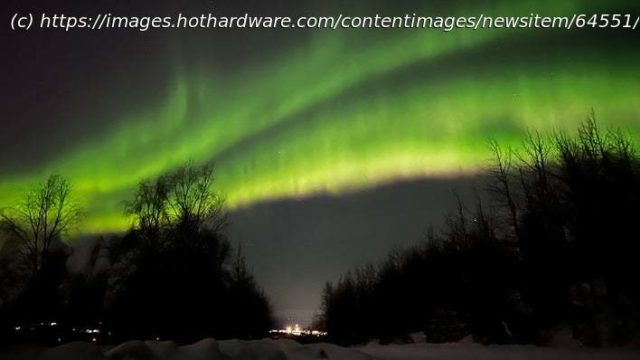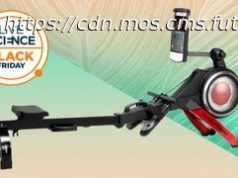From where to take images, to settings to start out with, NASA gives the down low on photographing an aurora.
After recent solar storms lit up the night sky across the Northern Hemisphere the last two nights, some may be wondering how to best capture the dazzling Aurora Borealis (Aurora Astralis in the Southern Hemisphere) lights with a smartphone. Well, NASA has a few tips and tricks up its sleeve for capturing not only the Northern Lights, but for astrophotography in general.
To better understand how to capture images of the Aurora, one first needs to understand what those dancing lights are. The aurora is caused by energetic particles that strike the nitrogen and oxygen atoms in the upper atmosphere above an altitude of 100km. Oxygen atoms at that altitude emit a bright green color, while nitrogen atoms above 400km deliver a deep blue-purple glow. At altitudes from 200 to 300km, oxygen atoms emit a red tone, but are typically faint due to the low density of oxygen at these altitudes.
Auroras stem from CMEs (Coronal Mass Ejections) emitted from the Sun, resulting in solar storms like the ones that hit Earth Friday and Saturday night.
Home
United States
USA — IT NASA Guide To Phone Astrophotography Shows How To Capture The Northern Lights






